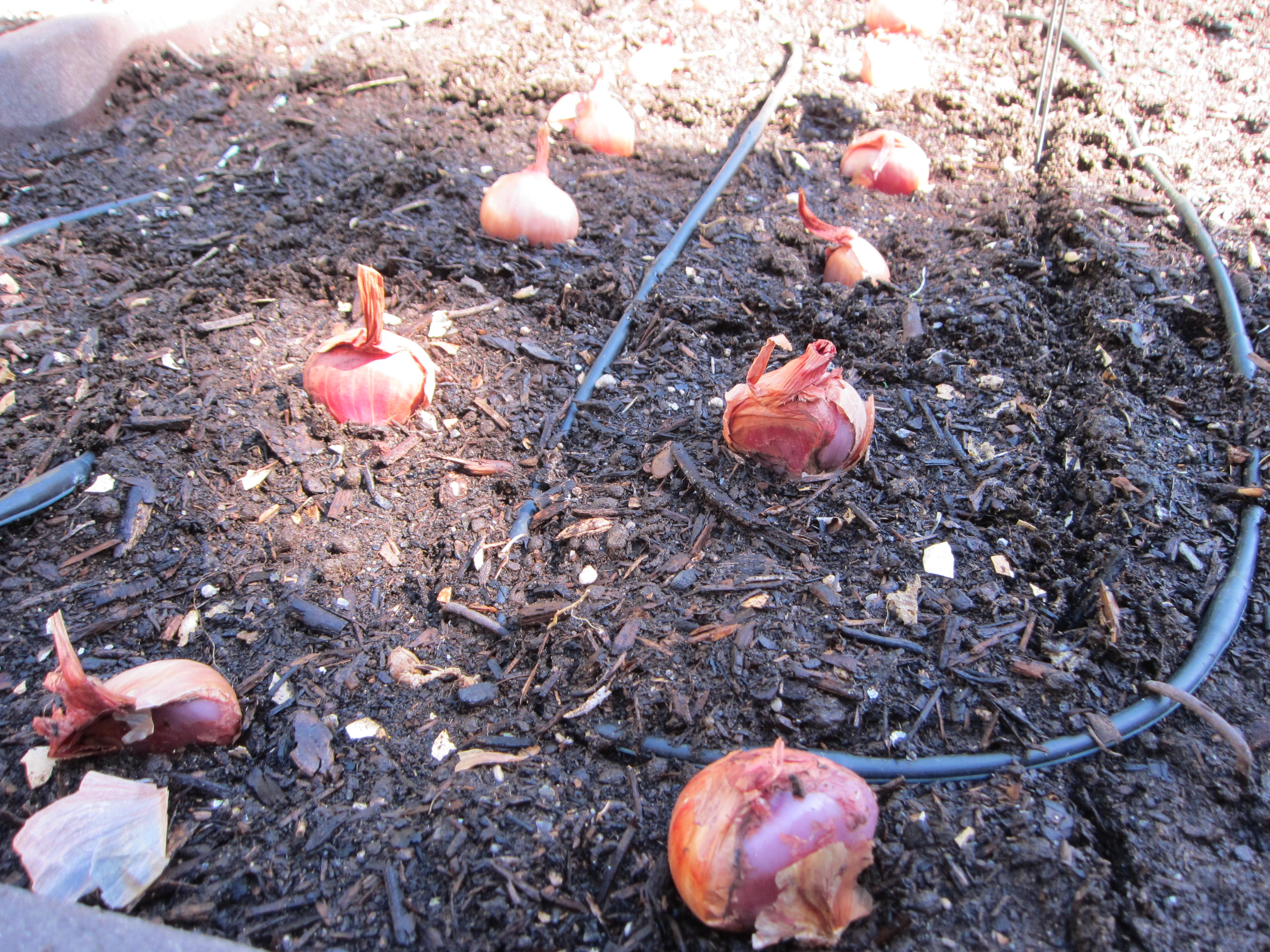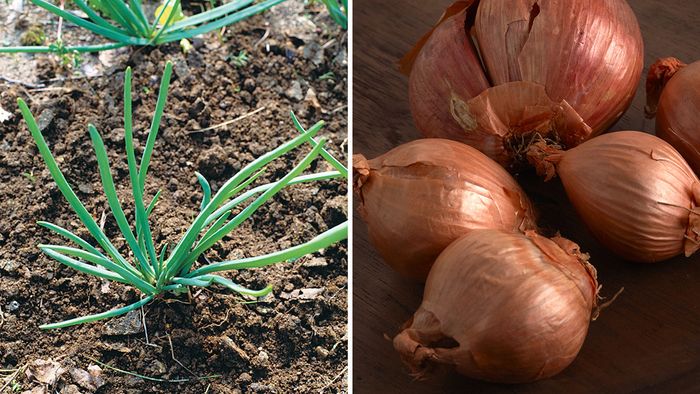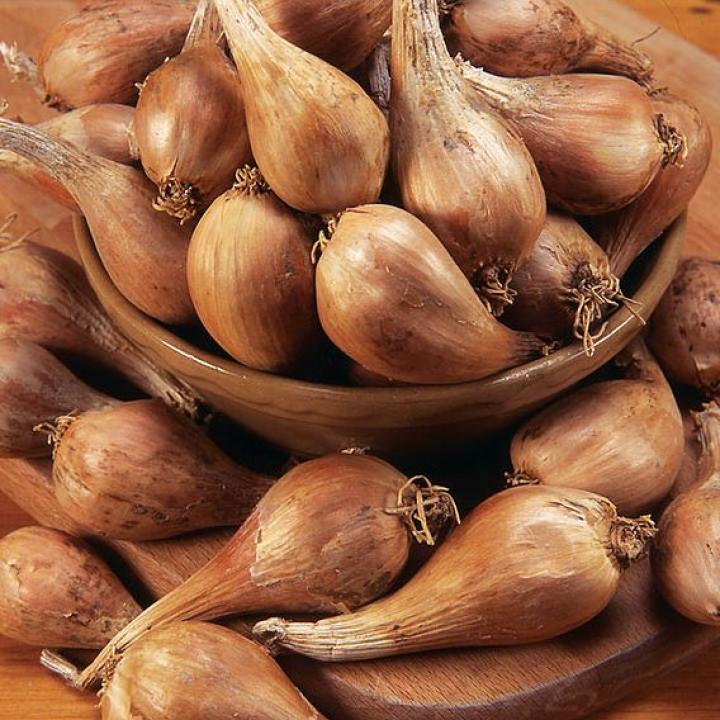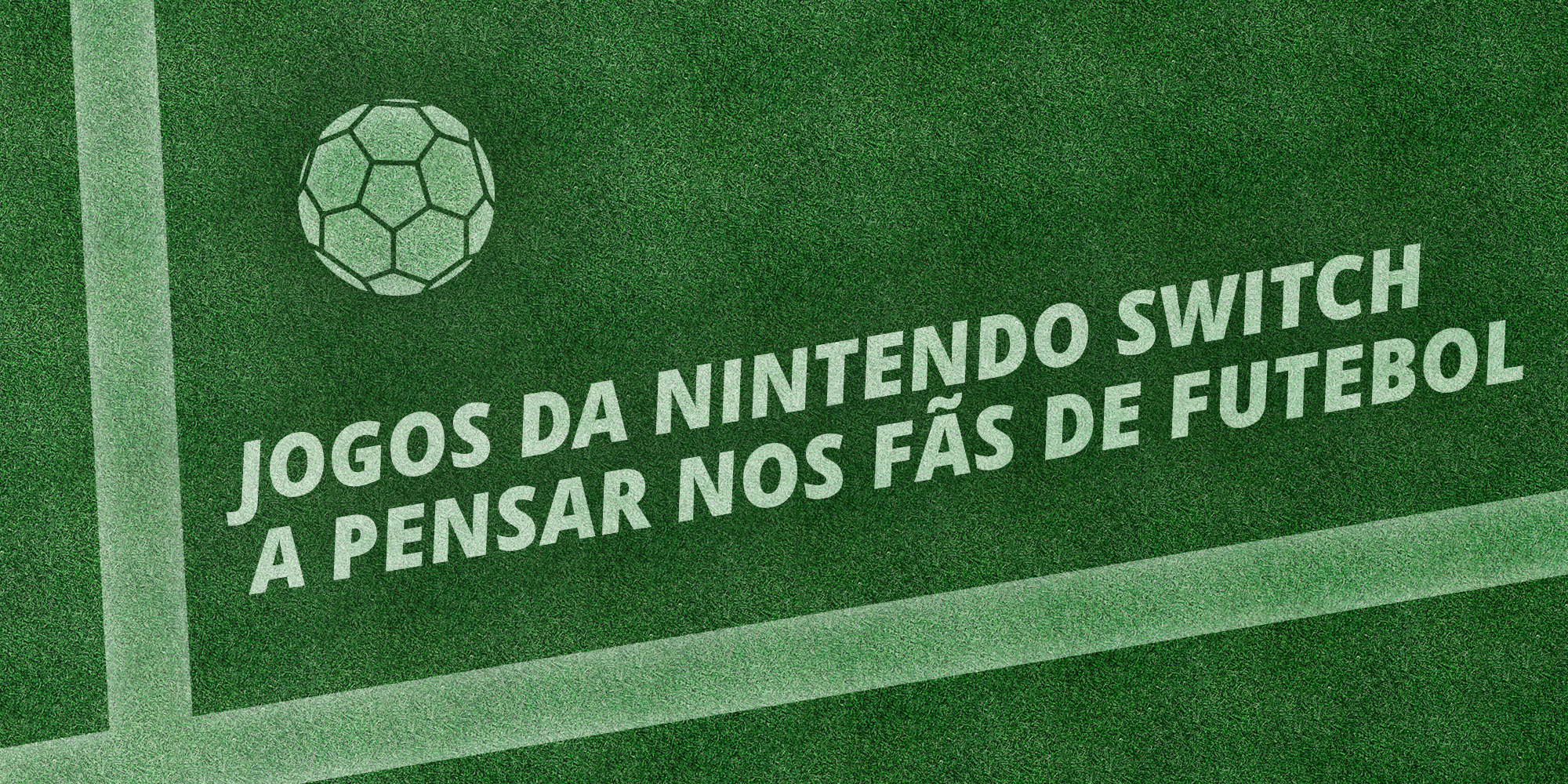How to Grow Shallots - Organic Gardening Blog
Por um escritor misterioso
Last updated 08 abril 2025

Learn to grow shallots with our handy growing guide; from how to prepare your soil, which bulbs to plant, spacing, fertilizing, and when to harvest.
Preparation Shallots are very tolerant to a wide range of soils. They can be grown in acidic soil down to 5 pH, but prefer 6.0–6.8 pH. Best to plant in fertile, well-drained soil. The looser the composition of the soil, the larger your shallots will grow. Prepare your shallot bed by turning under or tilling in compost (be sure to use compost that is fully aerobically broken down and contains animal manures and plant residues, rather than cedar or redwood). Make sure your soil has ample phosphorus. Gophers love shallots as much as they like garlic; protect your beds with gopher wire or traps. Planting & Growing Shallots are planted from bulbs, rather than cloves like garlic. Also if you plant smaller shallots, you tend to get larger bulbs produced in the following harvest. Shallots should be spring planted in very cold areas. Separate multiple bulbs and plant each individual bulb, root end down. Space 6–8” apart with 10–12” between rows. Plant just deep enough so that the tip lies level with the soil surface. Unlike garlic, which forms a bulb from a clove, shallots will form a cluster of 5–12 bulbs around the original bulb. This cluster will spread out more than a garlic bulb and therefore requires more space between plants. Do not use mulch as it may rot bulbs, which are not strong enough to push through mulch. After planting shallots, water well or lightly if in heavy soils, and only water again when the soil is dry. Remember, shallots love water and food, but they must have good drainage or the bulbs will rot. In the spring, feed the shallots with either composted manure or a well-balanced fertilizer before the bulbs begin to enlarge. Keep the bulbs well watered and weeded; they grow best with at least 1” of water per week. Remove any seed stalks that form to focus the shallots’ energy into forming bulbs. Harvesting Your shallots can be harvested when leaves turn brown and begin to fall over. Loosen the soil and dig up the shallot cluster. Remove soil and cure in a well ventilated shady location for about 1 month. After cured, remove dried tops and store in a cool (50°F) dry location (away from apples and tomatoes which give off ethylene gas). Can be stored in mesh bags. Save the smaller bulbs for replanting.
Preparation Shallots are very tolerant to a wide range of soils. They can be grown in acidic soil down to 5 pH, but prefer 6.0–6.8 pH. Best to plant in fertile, well-drained soil. The looser the composition of the soil, the larger your shallots will grow. Prepare your shallot bed by turning under or tilling in compost (be sure to use compost that is fully aerobically broken down and contains animal manures and plant residues, rather than cedar or redwood). Make sure your soil has ample phosphorus. Gophers love shallots as much as they like garlic; protect your beds with gopher wire or traps. Planting & Growing Shallots are planted from bulbs, rather than cloves like garlic. Also if you plant smaller shallots, you tend to get larger bulbs produced in the following harvest. Shallots should be spring planted in very cold areas. Separate multiple bulbs and plant each individual bulb, root end down. Space 6–8” apart with 10–12” between rows. Plant just deep enough so that the tip lies level with the soil surface. Unlike garlic, which forms a bulb from a clove, shallots will form a cluster of 5–12 bulbs around the original bulb. This cluster will spread out more than a garlic bulb and therefore requires more space between plants. Do not use mulch as it may rot bulbs, which are not strong enough to push through mulch. After planting shallots, water well or lightly if in heavy soils, and only water again when the soil is dry. Remember, shallots love water and food, but they must have good drainage or the bulbs will rot. In the spring, feed the shallots with either composted manure or a well-balanced fertilizer before the bulbs begin to enlarge. Keep the bulbs well watered and weeded; they grow best with at least 1” of water per week. Remove any seed stalks that form to focus the shallots’ energy into forming bulbs. Harvesting Your shallots can be harvested when leaves turn brown and begin to fall over. Loosen the soil and dig up the shallot cluster. Remove soil and cure in a well ventilated shady location for about 1 month. After cured, remove dried tops and store in a cool (50°F) dry location (away from apples and tomatoes which give off ethylene gas). Can be stored in mesh bags. Save the smaller bulbs for replanting.

Planting & Growing Shallots - Stark Bro's

Growing Shallots • Insteading

Planting Shallots - Gardenerd

How to Grow I'itoi Onions - Growing In The Garden

Beginners Guide to Growing Great Garlic, Perennial Onions

40 Backyard Vegetable Gardening Tips to Maximize Your Harvest

Crop experiment: Growing shallots

How to Grow Shallots

Learn About Shallots - Burpee
Savor the sweet, mild flavor of this large, easy-to-peel eschalion (banana) type shallot. Very popular with chefs, it is technically a cross between a

Zebrune Shallot Onion Seeds

Growing Shallots - Burpee

Kitchen Gardening - FineGardening

Growing Shallots: How to Plant Shallots in Fall

Growing Organic Shallots

How to Plant and Grow Shallots
Recomendado para você
-
 Fresh Shallots - Spice World08 abril 2025
Fresh Shallots - Spice World08 abril 2025 -
 Peeled Shallots - 5lb08 abril 2025
Peeled Shallots - 5lb08 abril 2025 -
 Growing Guide: Shallots - SeedSavers08 abril 2025
Growing Guide: Shallots - SeedSavers08 abril 2025 -
 How to Plant, Grow, and Harvest Shallots - Harvest to Table08 abril 2025
How to Plant, Grow, and Harvest Shallots - Harvest to Table08 abril 2025 -
 Organic Fresh Shallots - Spice World08 abril 2025
Organic Fresh Shallots - Spice World08 abril 2025 -
 Picador Shallot (Treated Seed)08 abril 2025
Picador Shallot (Treated Seed)08 abril 2025 -
 Shallot, 'Ed's Red08 abril 2025
Shallot, 'Ed's Red08 abril 2025 -
 Shallots Recipe & Nutrition - Precision Nutrition's Encyclopedia of Food08 abril 2025
Shallots Recipe & Nutrition - Precision Nutrition's Encyclopedia of Food08 abril 2025 -
 Shallot Cream Sauce — Marley's Menu08 abril 2025
Shallot Cream Sauce — Marley's Menu08 abril 2025 -
Good Question: What's the deal with Shallots?08 abril 2025
você pode gostar
-
 Curve Graphic design Red, Smoke curve background, red, yellow, and white, blue, angle, text png08 abril 2025
Curve Graphic design Red, Smoke curve background, red, yellow, and white, blue, angle, text png08 abril 2025 -
Zatch Bell! Season 1 - watch full episodes streaming online08 abril 2025
-
 A Day Like This, Encyclopedia SpongeBobia08 abril 2025
A Day Like This, Encyclopedia SpongeBobia08 abril 2025 -
 Brasil defende vantagem contra Argentina em Superclássico08 abril 2025
Brasil defende vantagem contra Argentina em Superclássico08 abril 2025 -
O video mais engracado que vai ver hoje kkk 🤣❤️ #casal #comedia #lari08 abril 2025
-
 DON GIOVANNI MOSCIATTI, PRIMO ANNO DA VESCOVO - Radio Gold08 abril 2025
DON GIOVANNI MOSCIATTI, PRIMO ANNO DA VESCOVO - Radio Gold08 abril 2025 -
 Jogos da Nintendo Switch a pensar nos fãs de futebol08 abril 2025
Jogos da Nintendo Switch a pensar nos fãs de futebol08 abril 2025 -
 Read Dragon Ball Super Chapter 5 : Beerus And Champa on Mangakakalot08 abril 2025
Read Dragon Ball Super Chapter 5 : Beerus And Champa on Mangakakalot08 abril 2025 -
 Shu Kurenai - Beyblade Burst iPad Case & Skin for Sale by08 abril 2025
Shu Kurenai - Beyblade Burst iPad Case & Skin for Sale by08 abril 2025 -
 Emile's ? Unown, Chuggaaconroy Wiki08 abril 2025
Emile's ? Unown, Chuggaaconroy Wiki08 abril 2025


